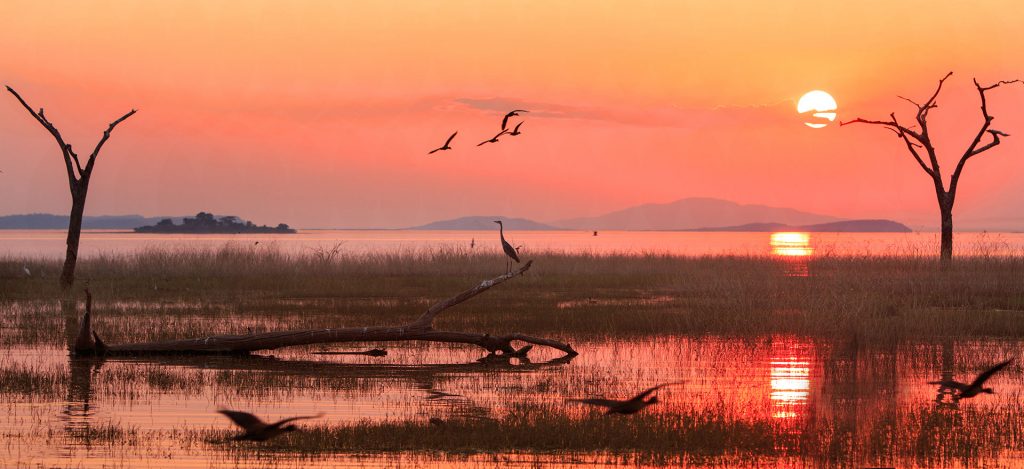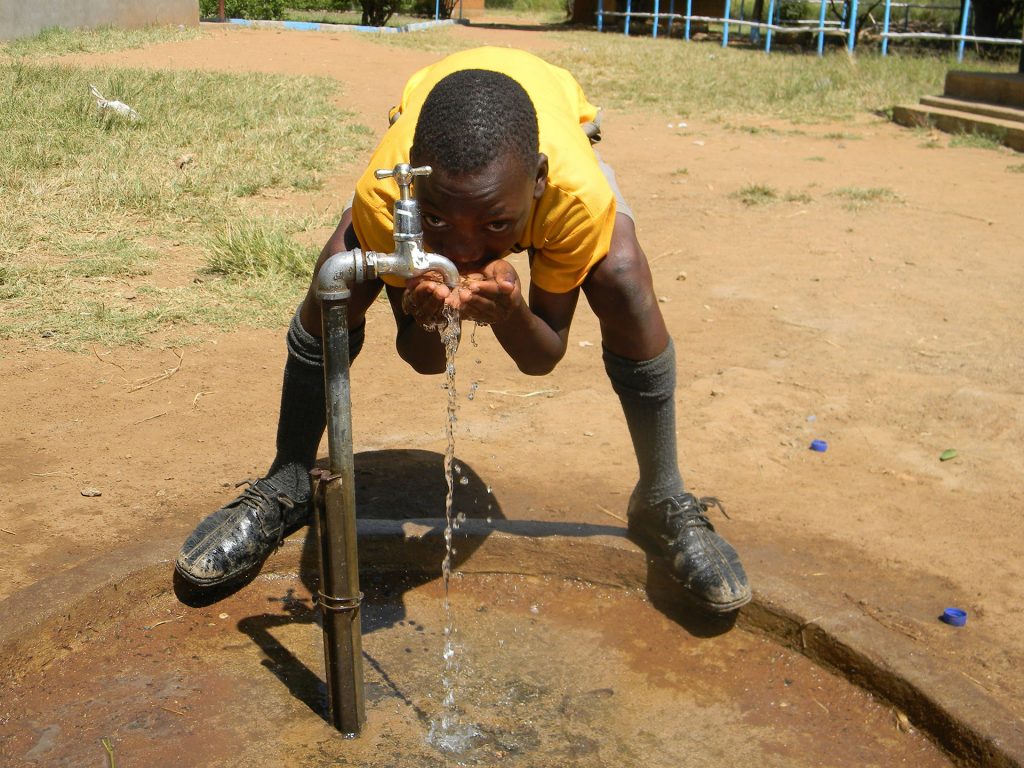
A city without drinking water, millions of people at their breaking point, and the risk of a cholera or typhoid epidemic that could infect the entire population. It sounds like science fiction, but it’s actually happening right now in Harare, the capital of Zimbabwe. Over 2 million people there are suffering from acute water shortage at home after the main water works was shut down on Sept 24.
City authorities say the drinking water crisis is caused by a lack of foreign currency to pay for the water purification chemicals necessary to purify drinking water that is supplied by dam reservoirs. A drought is drying up nearby reservoirs, making the situation worse.
According to CNN, Harare Vice Mayor Herbert Mupamaonde explained that the city spends $2.7 million on average each month to purify water for drinking. The city has dwindling foreign currency reserves, and therefore cannot supply clean running water for residents to meet their basic needs.
Harare in chaos after water treatment plant shut down
The Harare city government’s cash shortage has forced it to shut down the water treatment plant at Morton Jaffray, not far from the capital, at the end of September. The facility was already running at half of the capacity required to serve the needs of the city. The situation was made worse recently when several smaller treatment plants were shut because the reservoirs feeding them have run dry, international media have reported.
Zimbabwe has been hit by a severe draught that has reduced water levels in several of the nation’s largest dams, including the Kariba (one of Africa’s largest, built by Salini Impregilo), which powers Zimbabwe’s most important electricity plant.
The water shortage is forcing desperate people to spend their days looking for water supplies, and to resort to using sewer water, increasing the risk of epidemics. Memories are still fresh of the cholera epidemic that took the lives of 26 people last year.
Halting Harare’s water crisis
According to CNN, Harare Vice Mayor Muoamaonde said that a lack of foreign currency is the main reason why it is impossible to buy enough of the chemical additives needed to purify the country’s drinking water.
The vice mayor assured the city at the end of September that the additives would be arriving in a few days from nearby Bulawayo. But he added: «The secured quantities will only last seven days during which period other quantities will be secured. We are currently engaging all stakeholders, including the government, to find a lasting solution to the water crisis».
But these stop-gap measures will certainly not be sufficient to deal with a problem that has steadily worsened in recent months, and is rooted in shrinking water reserves caused by the draught afflicting Zimbabwe and its neighbour South Africa.

Emergency Zimbabwe
The water crisis is just one of the problems facing Zimbabwe. According to the UN Food Agency, two million people suffer from hunger, and by 2020 at least one third of the population will need food aid.
The situation is so critical that in August the government and the United Nations launched a humanitarian call for aid to assist the most distressed areas of the country. The largest number of problems are concentrated in the capital, a metropolis of 4.5 million people where half of the population currently lives without water and is forced to travel long distances to wells or even resort to using sewers.And yet Zimbabwe has traditionally been well supplied by its many rivers – the Zambezi first and foremost – and it has invested heavily in the construction of dams such as the Kariba, and also the Tokwe Mukorsi, which was also built by Salini Impregilo. These large infrastructure works were created to manage the country’s water resources, and now are faced with managing the challenges of drought and climate change.
Water shortage, a global crisis
Zimbabwe’s appeal to the international community for help is in reality a wake-up call for the entire world, drawing attention to a global problem that affects nations regardless of their wealth. Water shortage also affects California, one of the richest areas of the world.
Water shortage is caused by increased consumption stemming from demographic growth on one hand, and on the other caused by dwindling water supplies due to drought created by global warming. According to the United Nations, 2.1 billion people around the world today lack access to safe drinking water at home.
These water shortages will have an impact on the global economy. The World Water Development Report 2019 by the UN calculates that if demand remains the same, 45% of the world’s GDP would be at risk by 2050 due to water stress. In absolute terms, water scarcity and the poor hygienic standards it produces will cost $470 billion globally.
One of the most effective solutions to these problems is the modernisation of water infrastructure, the only thing that can reduce waste and improve resource management. The UN calculates that water pipelines lose an average of 25-30% of the water they carry due to poor maintenance. In the United States alone, 22 million litres of drinking water is wasted each day.
An efficient water management infrastructure, from dams to drinking water treatment plants, from desalination plants to hydro power, will help reduce waste and protect a resource that is strategic for the survival of the human race.

